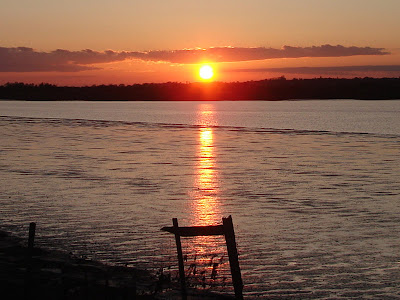 Several holly blue butterflies were seen fluttering around some of the West Mersea gardens on Saturday 29th. The strong breeze that blew for most of the day meant they had to find sunny spots sheltered by the trees and bushes. This one pictured above with its ice-blue colouring, was found low down beside a path near the Firs Chase caravan site.
Several holly blue butterflies were seen fluttering around some of the West Mersea gardens on Saturday 29th. The strong breeze that blew for most of the day meant they had to find sunny spots sheltered by the trees and bushes. This one pictured above with its ice-blue colouring, was found low down beside a path near the Firs Chase caravan site. Out of the wind it was nice and warm with various white butterflies also on the wing including one or two orange-tips whilst along the Strood seawall a small heath flew amongst the long grass.
Out of the wind it was nice and warm with various white butterflies also on the wing including one or two orange-tips whilst along the Strood seawall a small heath flew amongst the long grass.
A grass-snake was also enjoying the sunshine amongst a patch of nettles alongside a quiet section of path near the caravan site. It was too alert to get any close views, sliding quickly away into thick cover.
Along the seawall 3 reed warblers, 2 reed buntings and a sedge warbler were singing from the dyke. A little tern hunted back and forwards along the dyke where a little egret also fed. In the fields a pair of oystercatchers were seen as was a grey heron by a pond and a singing skylark, while several swifts passed overhead.
During the brief walk along the seawall, the high tide in the Strood Channel meant there were few birds to be seen other than a cormorant, pair of shelduck and 2 pairs of oystercatchers.
Martin Cock saw a hobby flying near the bottom of the Strood Hill earlier in the day. Several days earlier on the 24th a pair of Mediterranean gulls joined a group of black-headed gulls flying over the gardens near Firs Chase.
Andy Field was lucky enough to see a red kite fly over him at the country park on Sunday 30th. A message was quickly relayed to Steve Entwistle who managed to see it fly west near Bocking Hall and then Martin Cock was lucky enough to see the bird fly over his West Mersea garden a short while later.
There have been two more sightings passed onto me of the muntjac deer recently near the park - one seen at dusk near the pond and another sighting a few days later in a garden just to the north of the park.










































